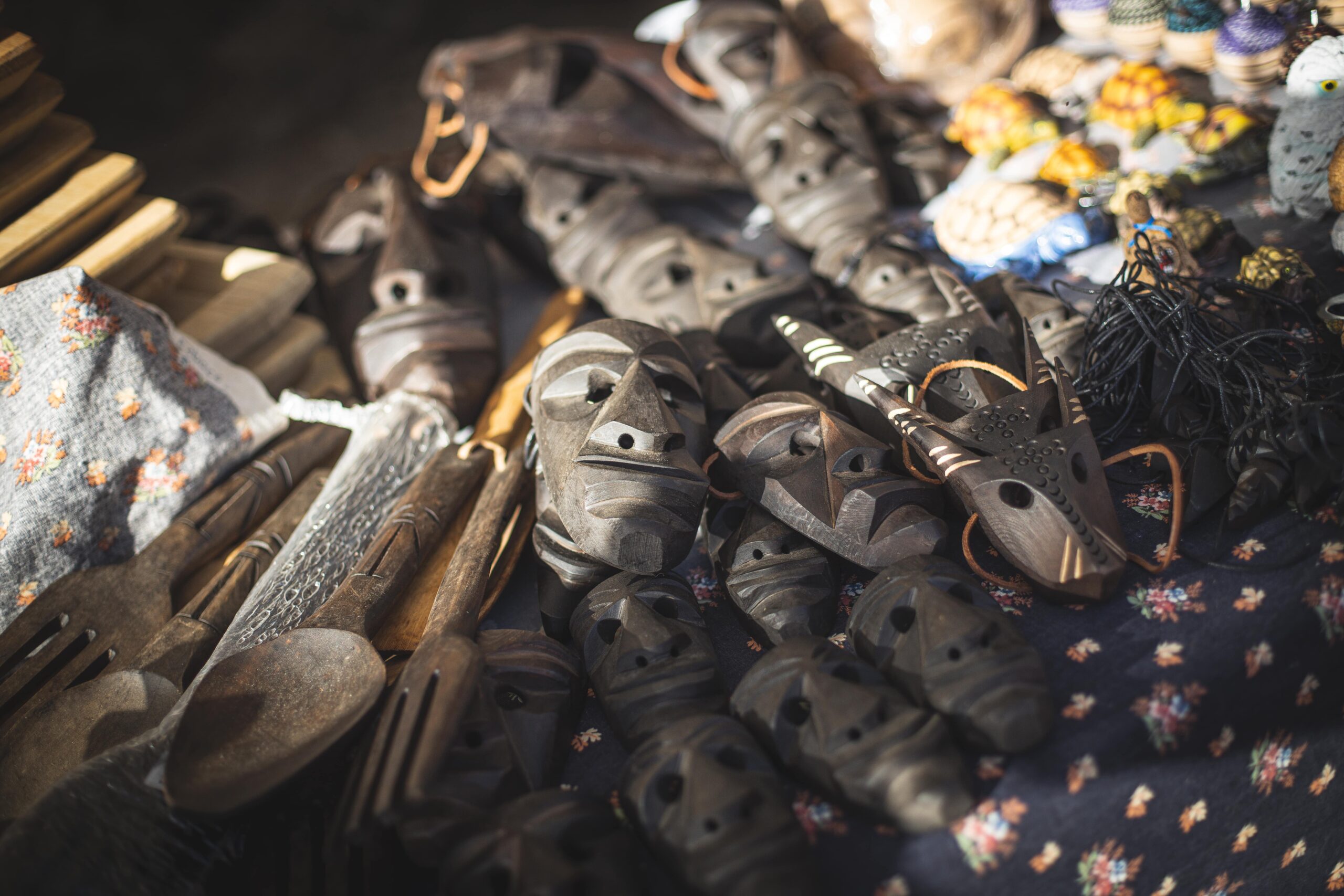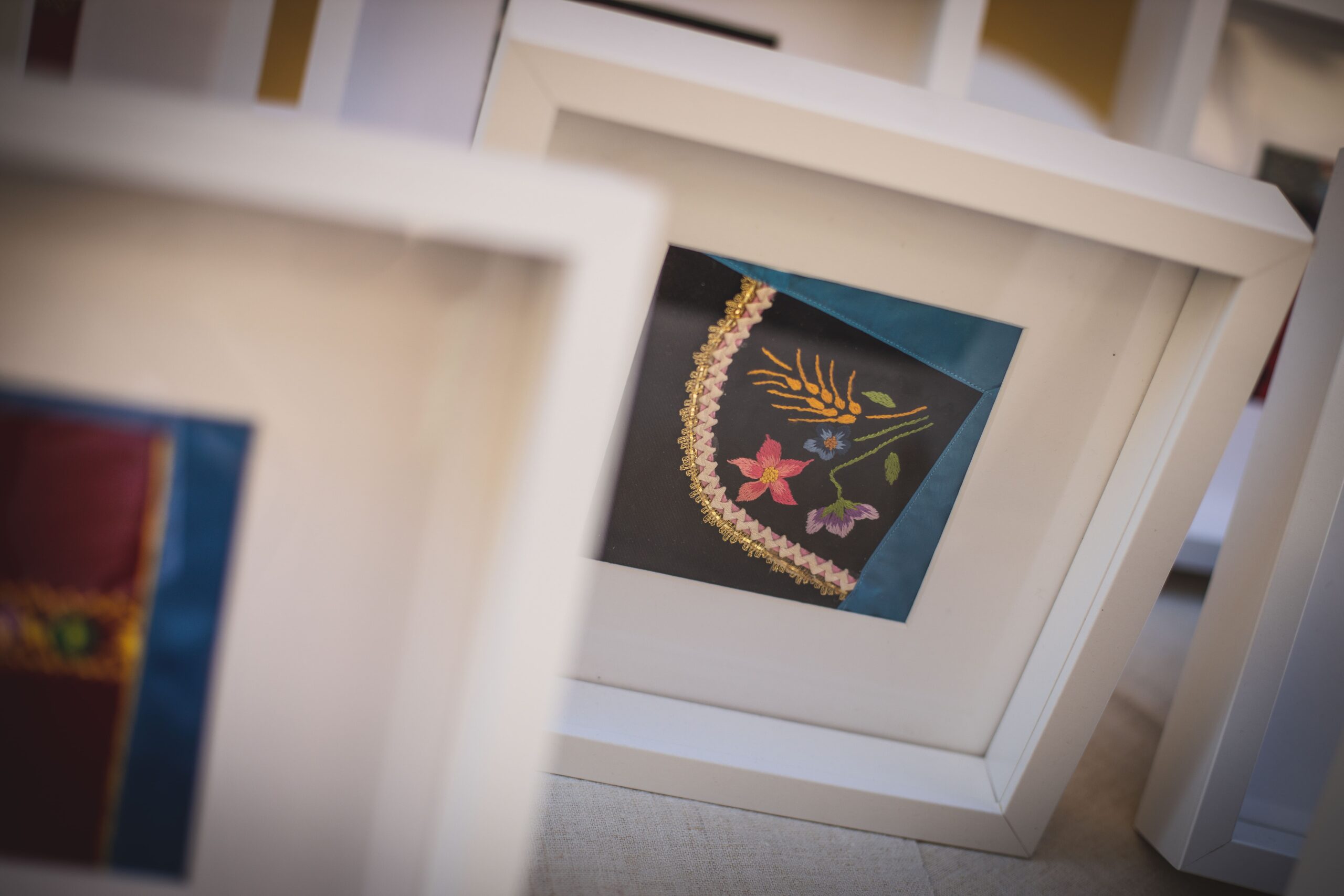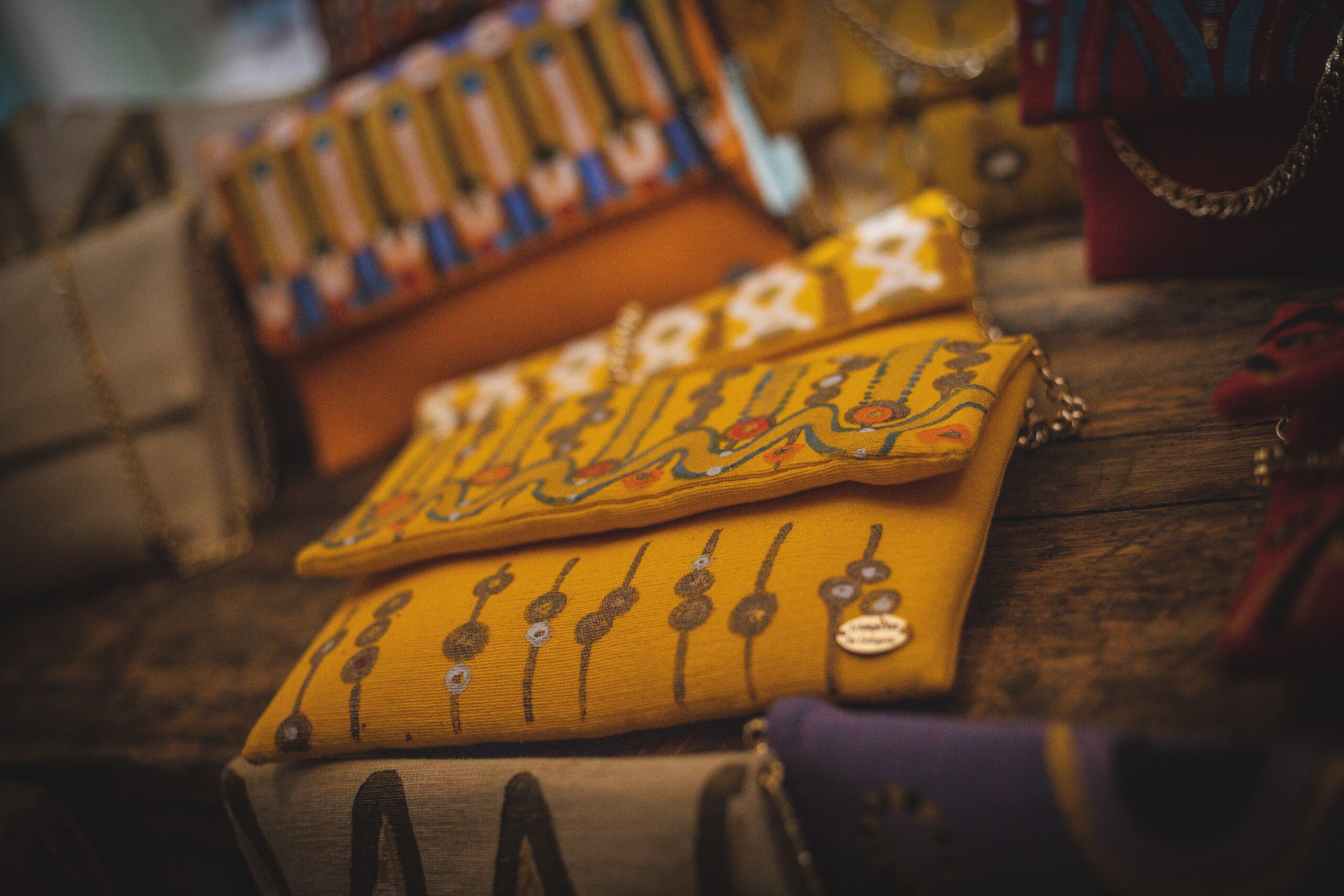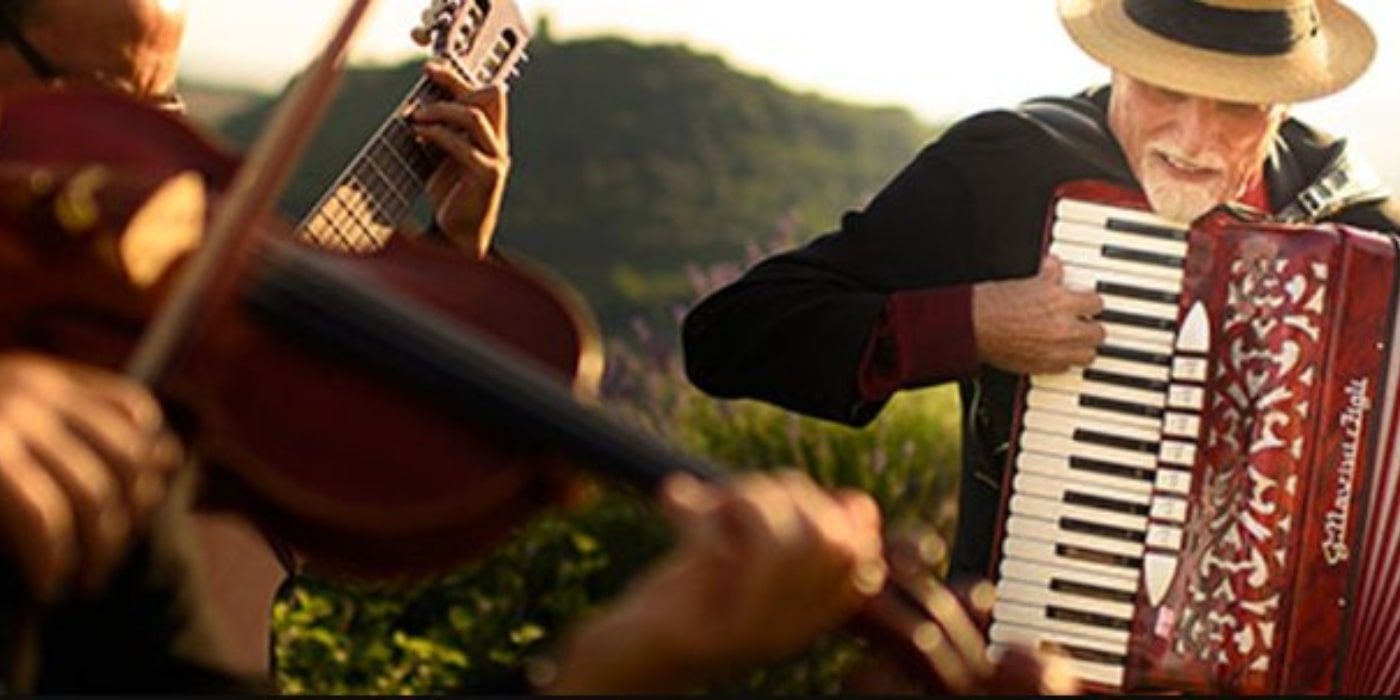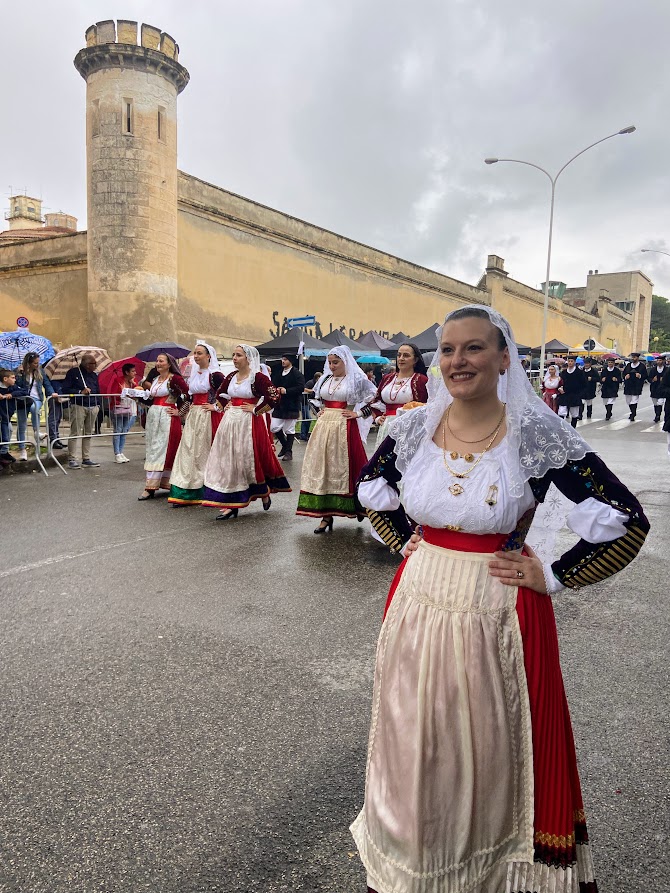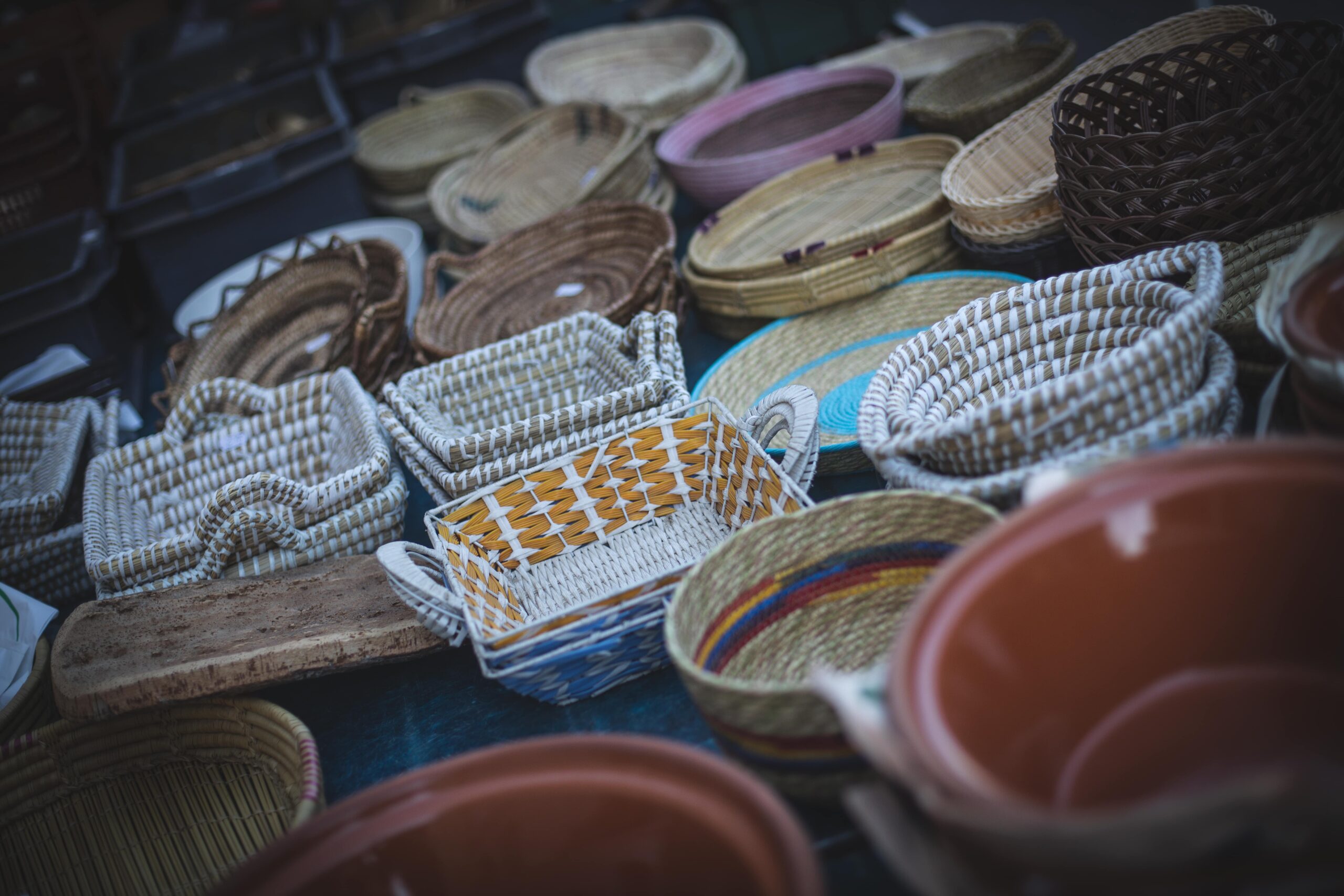
Sardinian craftsmanship
The oldest tradition on the island is the production of ceramics, which has its roots already in pre-Nuragic times. You can find ceramic products in archaeological museums, together with many preserved products from the Punic and Roman times. The Spanish present on the island were responsible for the preservation of ancient shapes and forms, when they banned the production of shapes other than those used in 1692. This lead perhaps to craftsmen manifesting themselves even more in the decorations. Most popular became two-handled jugs from Oristano, decorated with angels and other figures, or those from Dorgali, in the form of a hen. Also famous are the amphorae from Siniscola and from Assemini, where there was the second largest ceramic school on the island after Oristano, which were traditionally presents to the bride. Other important centres for the production of everyday utensils. Cagliari, Cabras, Villaputzu and Sassari were other important centres for the production of everyday vessels, a wide variety of plates and dishes, such as large basins for rising dough or dipping olives, decanters for water, wine and oil, glasses, pots, pans and mugs. Nowadays most ceramic products are only decorative, inspired by traditional techniques and dyed with various colours, dining sets being the rarest. Another widespread craft on the island is dowsing and knitting. There are abundant supplies of asphodel, raffia, straw, canes, dwarf palm and reeds in Sardinia. In the south of the island, in Campidano, Maracalagonis, Sinnai and western San Vero Millis, wheat straw is most often processed with reeds to create a braid that is further spun into spirals (one of the most typical weaving techniques) and further decorated with red and black cotton or damask. In the historical region of Planargia, especially in the municipalities of Flussio and Tinnura, and in Olzai and Ollolai in the region of Barbagia asphodel is typically used. It is dried and cut into strips that are darker on the outside and lighter on the inside, thus creating an elegant contrast on the baskets. In the towns of Castelsardo, Tergu, Sorso and Sennori, dwarf palm has always been used to weave baskets, but nowadays it has been almost completely replaced by raffia (derived from the Indian palm). Similar to the ceramic products, even the knitted ones are used for various occasions, such as baskets of different depths, sizes and widths, in which bread, dough or sweets are stored. Large deep baskets were used for beddings, cotton or newspapers, while small low baskets were used for maturing cheeses and other activities of shepherds’ everyday life. A special tradition is this of wicker baskets used for olives and vegetables, which were traditionally woven by men because much more force was needed on the western shore, especially in the region of Oristano, which is rich in seaside lagoons and therefore also in useful reeds, braids are often used to decorate glasses and wine jugs, photo frames, lamps or coasters. As equestrianism flourished in Sardinia, the leather and fur industry also developed. It is represented mainly by horse equipment, with the main centre in Santu Lussurgiu in the west. Inlands, in the historical region of Barbagia, there is a traditional production of hunting equipment – belts, cartridges, cables and backpacks of the highest quality. Leatherworking was typically seen as a craft of poor, serving the needs of shepherds and farmers. In some regions, such as Oliena, Bitti, Santu Lussurgiu, Tonara and Teulada, it was on the other hand considered a rarity and sheep or goat skins were used for decorations, carpets or clothing. Production of high-quality belts, wallets and handbags have a long tradition in Dorgali, combining traditional techniques and patterns with modern style, and has become appreciated souvenirs for many tourists. Very popular are diverse products made of cork, whose traditional production, however, has been very adapted to modern customer demand. You can find traditional cork products especially in the Gallura region, concentrated in the towns of Tempio Pausania, Aggius, Luras, Calangianus and in smaller centres around Olbia. Besides the bottle corks, in which Sardinia accounts for up to 90% of the total Italian production, the bark itself is commonly used as a tray for meat, sweets or appetizers. Or also used in households, for soundproof walls and, in combination with reeds, as a material for unique pieces of furniture. Another traditional industry on the island is carving, which has a long tradition, especially in the countryside. In times when herders could not devote themselves fully to their main activity due to the weather, they went to work on the material that was closest to them, the wood. Pastoral dwellings were in general very simple, with only a few pieces of furniture. Praised above all was the family chest, typically placed in the bedroom next to the bed, which was considered the most valuable piece and thus was richly decorated. As per material chestnut, oak or walnut are the most commonly used hardwoods, for larger pieces of furniture, while soft woods are often used for smaller decorative items and kitchen utensils, such as cherry, maple, pear or olive wood. A unique way to encounter the carving art are the carnival masks, in Ottana, Mamoiada or Orotelli, you can they are integral part of the costumes of Boes and Merdules, Mamuthones and Su Bundu. And last but not least is the antique Sardinian wind instrument Launeddas, made from river reeds. The island’s mineral wealth has been known since the prehistoric times, as proved by bronze figurines found in stone nuraghes and domus de janas tombs. Even though the techniques of making and using the objects have changed over the centuries, the craft survives in major centres to present times. Iron tools are used mainly in agriculture, for decorations of balconies and trellises, for massive bed frames or fireplace implements and are produced in Cagliari, Sesto, Pula, Sassari, Alghero, Tempio Pausania, Nuoro and Dorgali. The production of handmade brass knives in Pattada is very famous, as well as cow bells in Tonara, which are, among other things, an essential part of the Mamuthones carnival masks of Mammoiada. Santu Lussurgiu, as mentioned above, is well-known for the production of equestrian equipment, in addition to first-class leather products, there are also metal products such as stirrups, spurs, bits and horseshoes. Sardinian jewellery, most often made of gold or silver, represent luxury, wealth and also protection from evil. The most widespread production technique is filigree, which is divided into two categories: “day” where the individual components of the jewellery are first made, which remain transparent and are connected by twisted wire, and “night” where spirals or other geometric motifs are welded onto a base that is opaque, the “night” technique being more common. You can buy or just admire spiral earrings, rings, decorated buttons, necklaces or various pendants. You should not miss the silver and gold pendants on the sleeves on the forearm, the so-called Sa Buttonera, during the parade of traditional women’s costumes. This round jewellery, example of filigree technique, produced in a set of 10 or 20, belonged together with the ring and the rosary to the dowry that the bride received from the groom. You can also find traditional brooches of similar shapes and patterns, which are also part of traditional costumes and mainly decorate scarves on the head or under the neck, chests or necklaces. The production of jewellery from sea coral was widespread throughout the Mediterranean in the past, as evidenced by excavations from ancient Egypt and Rome. In Sardinia as well, especially in the northwest cities of Alghero, Bosa and Cuglieri, where the red coral corallium rubrum was abundant in the local waters. This whole area is therefore called the Coral Riviera. However, coral is now rarely seen and is therefore on a list of protected species. Quotas have been set for its collection and there are very few reputable jewellers left who make and sell valuable jewellery. To this „red treasure“ the otherworldly properties were formerly attributed, and it was believed to protect its owners from evil. Even Su Coccu, one of the most famous Sardinian amulets, has a similar reputation, a black onyx ball bordered by two silver ornaments that supposedly absorbs dark forces. Handicraft embroidery, which in the past was very widespread among local women, has nowadays become increasingly rare. Today it is preserved in only a few centres. Refined tablecloths are produced in the south in Teulada, you can find unique veils and lace in the west in Bosa, or embroideries enriched with pearls and gold or silver threads in Oliena. The best opportunity to admire the inner art of hand embroidery, in addition to valuable shawls, bedspreads, tablecloths and cushions, is during important feasts such as Sant Efisio in Cagliari, Cavalcata Sarda in Sassari, Celebrations of the Redeemer in Nuoro or during the spring and autumn festivals. Floral and animal designs, stars, people and buildings are most often depicted. Embroidery is naturally followed by perhaps the most typical art on the island, weaving. Two types are recognized, according to the loom used. Most common is the horizontal loom, which is typical of the municipalities of Atzara, Bonorva, Busachi, Ittiri, Paulilatino, Samugheo, Montiferro and Villamassargia, and produces carpets and blankets in cotton, wool and linen. The vertical loom is older, used mainly in the historical region of Barbagia, in the municipalities of Gadoni, Nule, Orune, Sarule and Tonara, and produces typically smaller coloured mats. One of the most widespread weaving techniques is the so-called Pibiones, achieved by special knotting, which seems to emerge from the base layer. It is typically used for tapestries, saddlebags, blankets and carpets. In the past, a whole woven set was prepared for the bride as a dowry. Sheets, blankets, blankets, pillows and towels were folded into a wooden chest, which represented the most valuable piece of furniture and was stored next to the double bed. You can learn the most about the art of weaving in the museum in Samugheo, where both types of looms, several rare examples of ancient products and modern exhibitions of contemporary production are on display. Last but not least, we need to include the art of stonework, so fundamental to the first peoples who lived on the island, and after which over 7,000 nuraghe stone structures, thousands of rock-hewn tombs and monolithic structures remained here. Even today, this field has its important representatives, and in addition to its use in construction, Gallura granite is exported as a valuable material all over the world
